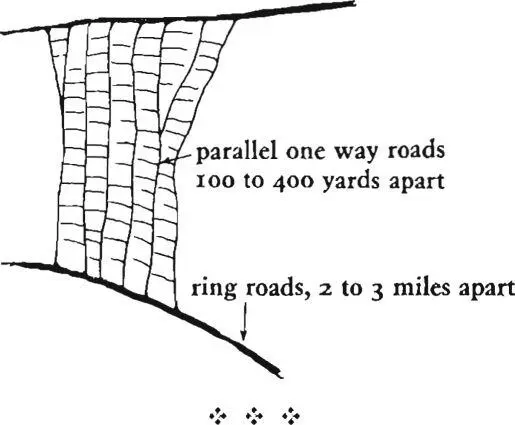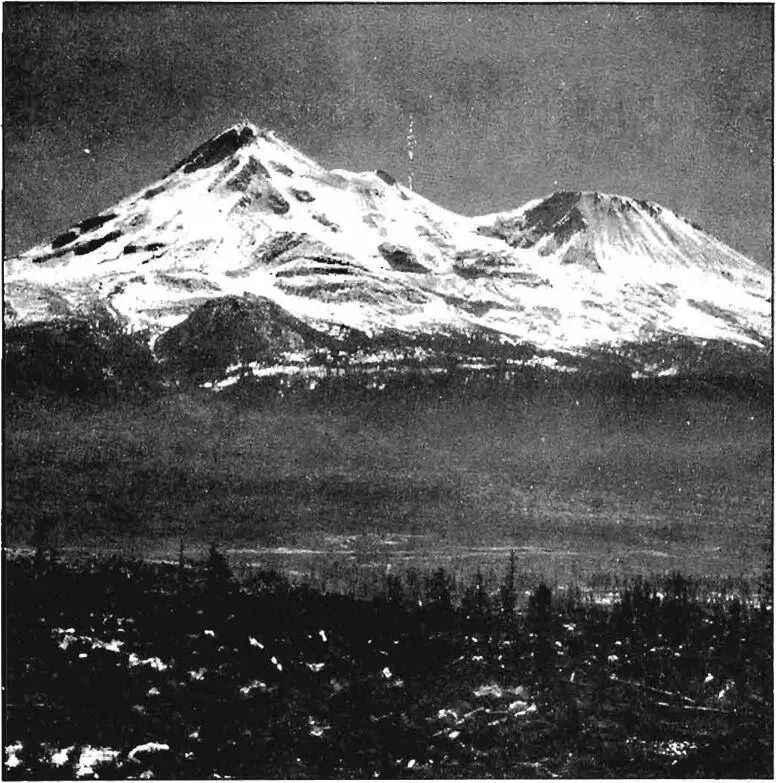Christopher alexander - A pattern language
Здесь есть возможность читать онлайн «Christopher alexander - A pattern language» весь текст электронной книги совершенно бесплатно (целиком полную версию без сокращений). В некоторых случаях можно слушать аудио, скачать через торрент в формате fb2 и присутствует краткое содержание. Жанр: Прочая научная литература, на английском языке. Описание произведения, (предисловие) а так же отзывы посетителей доступны на портале библиотеки ЛибКат.
- Название:A pattern language
- Автор:
- Жанр:
- Год:неизвестен
- ISBN:нет данных
- Рейтинг книги:3 / 5. Голосов: 1
-
Избранное:Добавить в избранное
- Отзывы:
-
Ваша оценка:
- 60
- 1
- 2
- 3
- 4
- 5
A pattern language: краткое содержание, описание и аннотация
Предлагаем к чтению аннотацию, описание, краткое содержание или предисловие (зависит от того, что написал сам автор книги «A pattern language»). Если вы не нашли необходимую информацию о книге — напишите в комментариях, мы постараемся отыскать её.
A pattern language — читать онлайн бесплатно полную книгу (весь текст) целиком
Ниже представлен текст книги, разбитый по страницам. Система сохранения места последней прочитанной страницы, позволяет с удобством читать онлайн бесплатно книгу «A pattern language», без необходимости каждый раз заново искать на чём Вы остановились. Поставьте закладку, и сможете в любой момент перейти на страницу, на которой закончили чтение.
Интервал:
Закладка:
It is possible to calculate the probable detour for any trip of a given length through this proposed parallel road system as a function of the distance between the cross roads. Next, the probability of any given trip length may be obtained from actual studies of metropolitan auto trips. These two types of probabilities can finally be combined to yield an overall mean trip length and over-
| all mean detours as | shown below. | ||||||
| Trip Length, miles | 1 | 2 3 | 4 | 5 | 7 | 10 | 4.1 2 |
| Proportion of Trip Lengths %* | 28 | IT II | 9 | 9 | 24 | 8 | (Overall Mean Trip Length) |
| miles between | Mean Detou | r, miles | Overall Mean | ||||
| cross roads | Detour | ||||||
| 1 | . 12 | .05 .04 | .03 | .02 | .01 | .01 | .05 |
| 2 | •45 | .24 .15 | . 11 | .09 | .07 | .04 | .21 |
| 3 | ■79 | .58 .36 | • 25 | .20 | •15 | .11 | .41 |
| * Data for distribution of trip lengths was obtained from Edward M. Hall, “Travel Characteristics of Two San Diego Suburban Developments,” Highway Research Board Bulletin 2039, Washington, D. C., 1958, pp. 1-19, Figure 11. These data are typical for metropolitan areas all over the Western world. |
I 28
We see, therefore, that even with cross roads two miles apart, the lack of cross streets only increases trip lengths by 5 per cent. At the same time }the average speed of trips will increase from /5 miles per hour to about 45 miles per hour , a threefold increase . The huge savings in time and fuel costs will more than offset the slight increase in distance.
Referring back for a moment to the table of detours, it will be noticed that the highest detours occur for the shortest trips. We have argued elsewhere— local transport areas(11)—that to preserve the quality of the city’s environment it is necessary to discourage the use of the automobile for very short trips, and to encourage walking, bikes, buses, and horses instead. The pattern of parallel roads has precisely the feature which local transport areas need. It makes longer trips vastly more efficient, while discour-aging the very short auto trips, and so provides the local transport area with just the internal structure which it needs to support its function.

| ‘ o' |
|---|
 |
I 29
Although this pattern seems strange at first sight, it is in fact already happening in many parts of the world and has already proved its worth. For example, Berne, Switzerland, is one of the few cities in Europe that does not suffer from acute traffic congestion. When one looks at a map of Berne, one can see that its old center is formed by five long parallel roads with almost no cross streets. We believe that it has little congestion in the old center precisely because it contains the pattern. In many large cities today, the same insight is being implemented piecemeal—in the form of more and more one-way streets: in New York the alternating one-way Avenues, in downtown San Francisco the one-way major streets.
Therefore:
Within a local transport area build no intersecting major roads at all; instead, build a system of parallel and alternating one-way roads to carry traffic to thering roads (17). In existing towns, create this structure piecemeal, by gradually making major streets one-way and closing cross streets. Keep parallel roads at least 100 yards apart (to make room for neighborhoods between them) and no more than 300 or 400 yards apart.

The parallel roads are the only through roads in a local transport area (i i).For access from the parallel roads to public buildings, house clusters, and individual houses use safe, slow, narrow roads which are not through roads— looped local roads(49), green streets(51)—and make their intersections with the parallel roads a “T”— t junction(50). Keep the pedestrian path system at right angles to the parallel roads, and raised above them where the two must run parallel— network of paths and cars(52), raised walk(55). Provide a road crossing(54) where paths cross the parallel roads.
| 24 SACRED SITES* |
|---|
 |
I 3 I
. . . in every region and every town, indeed in every neighborhood, there are special places which have come to symbolize the area, and the people’s roots there. These places may be natural beauties or historic landmarks left by ages past. But in some form they are essential.
People cannot maintain their spiritual roots and their connections to the past if the physical world they live in does not also sustain these roots.
Informal experiments in our communities have led us to believe that people agree, to an astonishing extent, about the sites which do embody people’s relation to the land and to the past. It seems, in other words, as though “the” sacred sites for an area exist as objective communal realities.
If this is so, it is then of course essential that these specific sites be preserved and made important. Destruction of sites which have become part of the communal consciousness, in an agreed and widespread sense, must inevitably create gaping wounds in the communal body.
Traditional societies have always recognized the importance of these sites. Mountains are marked as places of special pilgrimage; rivers and bridges become holy; a building or a tree, or rock or stone, takes on the power through which people can connect themselves to their own past.
But modern society often ignores the psychological importance of these sites. They are bulldozed, developed, changed, for political and economic reasons, without regard for these simple but fundamental emotional matters; or they are simply ignored.
Читать дальшеИнтервал:
Закладка:
Похожие книги на «A pattern language»
Представляем Вашему вниманию похожие книги на «A pattern language» списком для выбора. Мы отобрали схожую по названию и смыслу литературу в надежде предоставить читателям больше вариантов отыскать новые, интересные, ещё непрочитанные произведения.
Обсуждение, отзывы о книге «A pattern language» и просто собственные мнения читателей. Оставьте ваши комментарии, напишите, что Вы думаете о произведении, его смысле или главных героях. Укажите что конкретно понравилось, а что нет, и почему Вы так считаете.












